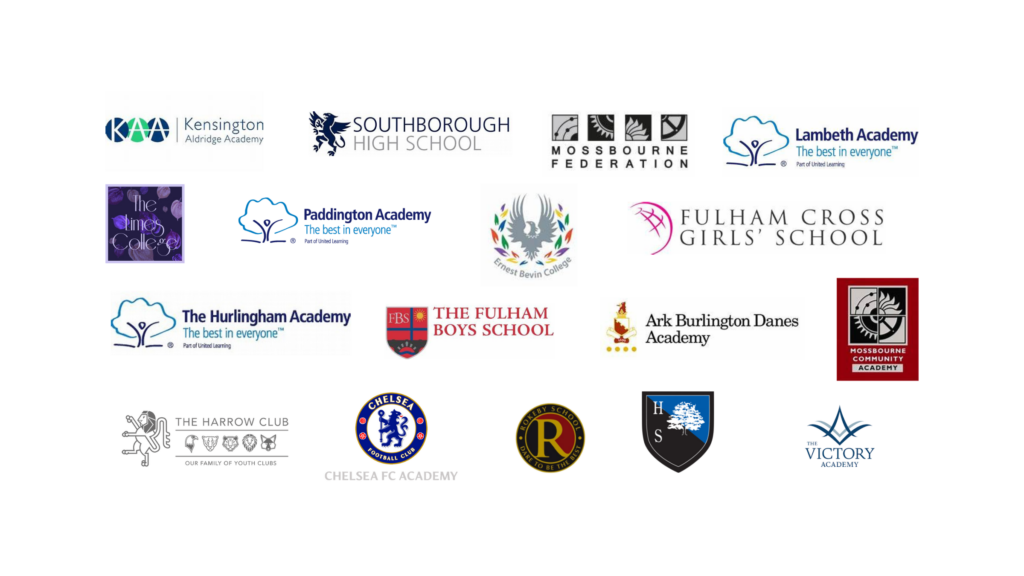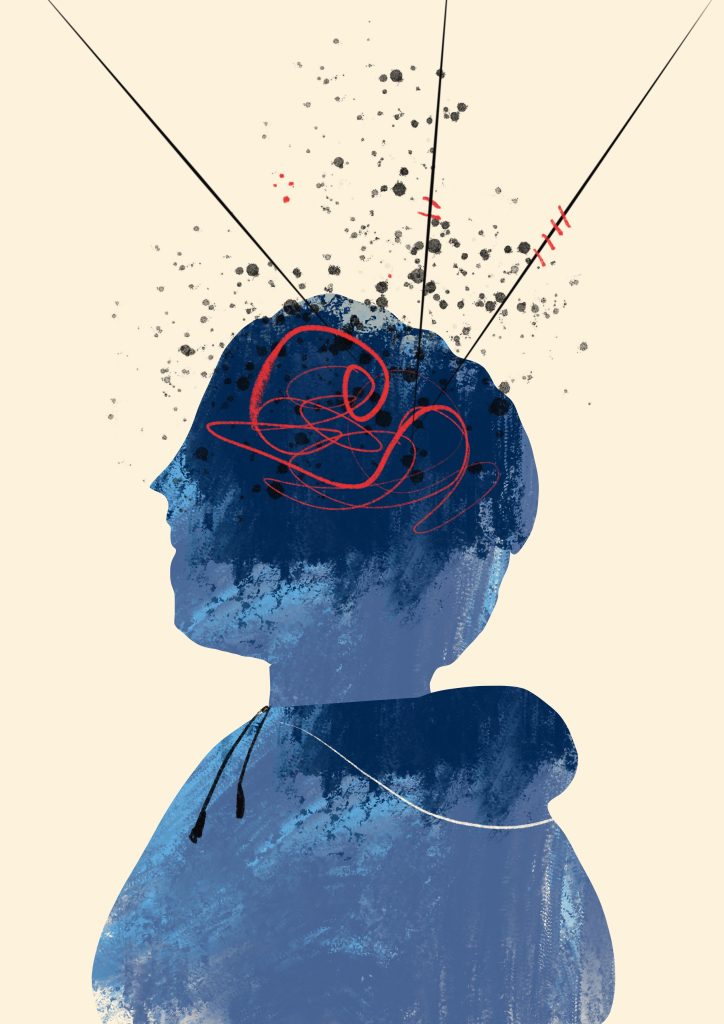
Workshop | 1
Phase 1 of the SHARP project took place in 2021
The first workshops were two and a half hours each:
- Virtual reality simulation
- Arts-based reflective session
Participating Schools


Virtual Reality Simulation
Young People will complete this activity in groups of up to 10. We will have a small group discussion introducing the young people to the project team and the SHARP programme. Young People will then take part in a 3 scene virtual reality (VR) simulation.
They will each be wearing a VR headset and this will be done in a socially distanced manner, with headsets thoroughly disinfected between uses.
- On the scene: The young people arrive at the scene of a stabbing, as a bystander. They learn how to stay safe and help without making things worse in the event of a knife crime.
- Operating theatre: The young people are shown emergency surgery by the trauma team, to show how knives can injure vital organs.
- Post-operation: After life-saving surgery, the patient required a ‘stoma’ (bag to collect poo). Young people are asked to consider, long-term emotional and physical implications.
The VR simulation is interactive and young people are asked to make decisions about the appropriate next action (e.g. remove knife vs apply pressure). Facilitators will provide scaffolding and support throughout.

Arts-Based Reflection
Following the VR simulation young people and facilitators sit down together and explore what happened during the simulation, why it happened and how this might impact them and impact their community. They will be encouraged to share their experiences, worries, and concerns.
A trained visual artist then works with young people to help them express their views, emotions, and feelings around knife violence through pictures, as well as words. Drawing is a way of expressing complex and ambivalent feelings, which are often difficult to articulate. This is particularly true for young people who may not have the experience or vocabulary to verbally describe their responses. Facilitators will then use these drawings as a starting point to explore practical steps of how young people can avoid situations like the one depicted in the simulation. This will include making informed choices around carrying knives and gang involvement. It will also include mapping to community organisations that offer programmes and alternate safe activities.

Have more questions or want to get involved? Get in touch!
